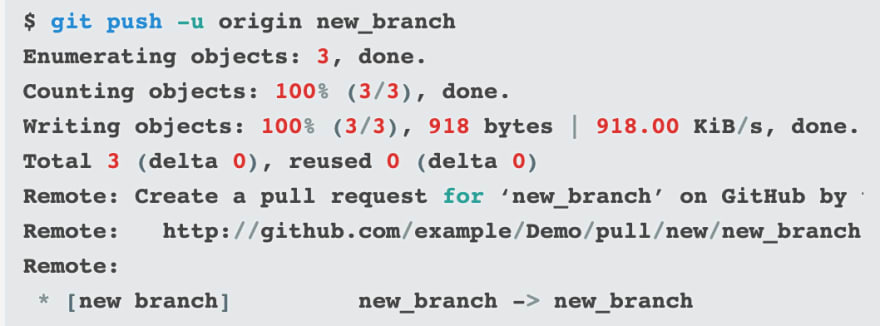GitHub is powerful and often magical.
But learning the ins and outs has been stressful.
Recently my programming partner and I started building an app and realized, we had no idea how to contribute to a shared repo.
OH BOY.
A lot of trial and error led us to push and pull requests like we were born to do them.
Mostly to remind myself how to do this again (full disclaimer), but also to be a guide anyone else learning (kudos to you!), I present:
The Git Pull Guide
First and foremost, this guide was my saving grace.
But the reason I'm writing my own is that I varied from the above guide in a few ways to make it work for me.
Here's my take.
1) To fork, or not to fork?
The author of the original guide would advise you to first fork the original repo.
This caused me to pull my hair out (when I eventually tried to push changes to the original repo), so I did not do that.
A kind reader suggested the following perspective (thank you Jennifer Davis!), and I wanted to share it with you here:
"As for forking or not, it all depends first on your workflow and how you want to work and if you have owner/maintainer privs on the source repo. If you aren't an owner/maintainer you definitely have to fork the repo."
Great tips, Jennifer!
2) Clone the repo.
git clone https://github.com/<YourUserName>/demo
Note: when cloning, I ran into a few hiccups using the SSH version, but after helpful wisdom from Jennifer Davis (yup! she's done it again!), I'd now recommend using SSH, with this helpful GitHub resource.
3) Switch into your new directory.
cd cool-app
4) Create a new branch.
git checkout -b new_branch
5) Create a new remote for the upstream repo.
git remote add upstream https://github.com/name/appname
Here, "upstream repo" refers to the original repo.
And now, you should be in that branch.
6) Make a change to the code and push it to the new branch.
git add .
git commit -m "Add readme"
git push -u origin new_branch
If that goes through successfully, you'll see a message similar to this:
Photo credit to Kedar Vijay Kulkarni
7) Head over to GitHub the repo itself. The green Compare & pull request button will appear in the original repo.
Click it and you'll see the Open a pull request page.
There, you'll see another green button, this one says Create pull request and you can do just that.
8) From now on, you can make a change and push that change via this command:
git push origin new_branch
And create a pull request from there.
Tears of joy, applause, so happy.
Thanks so much for reading, catch you next time!








Oldest comments (2)
If you don't set up your ssh keys then you'll have problems getting ssh to work. Check out the instructions here help.github.com/en/github/authenti... for setting up GitHub for use with ssh. This will let you not have to enter your GH username/password multiple times.
As for forking or not, it all depends first on your workflow and how you want to work and if you have owner/maintainer privs on the source repo. If you aren't an owner/maintainer you definitely have to fork the repo.
Thanks so much for filling in the blanks! I appreciate the help and the resources - thank you!!